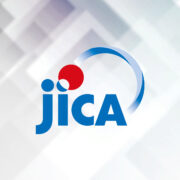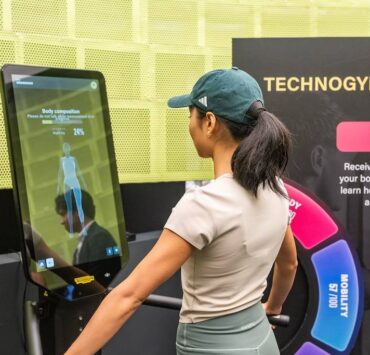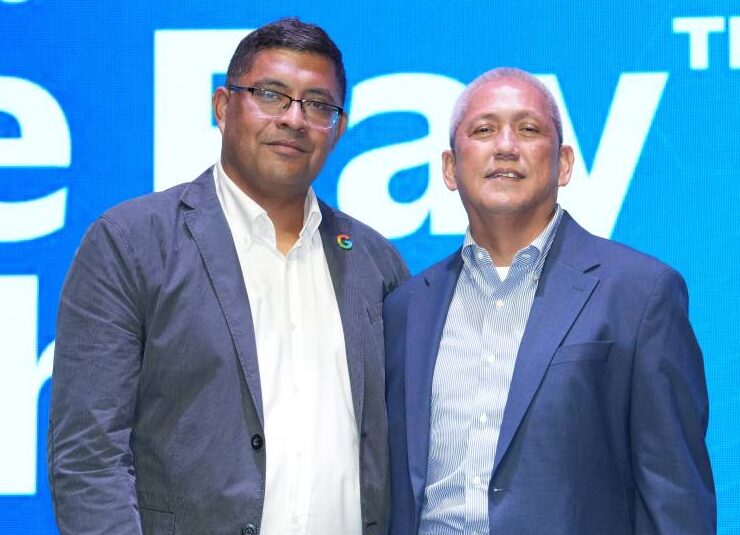You’re too young for breast cancer—or are you?
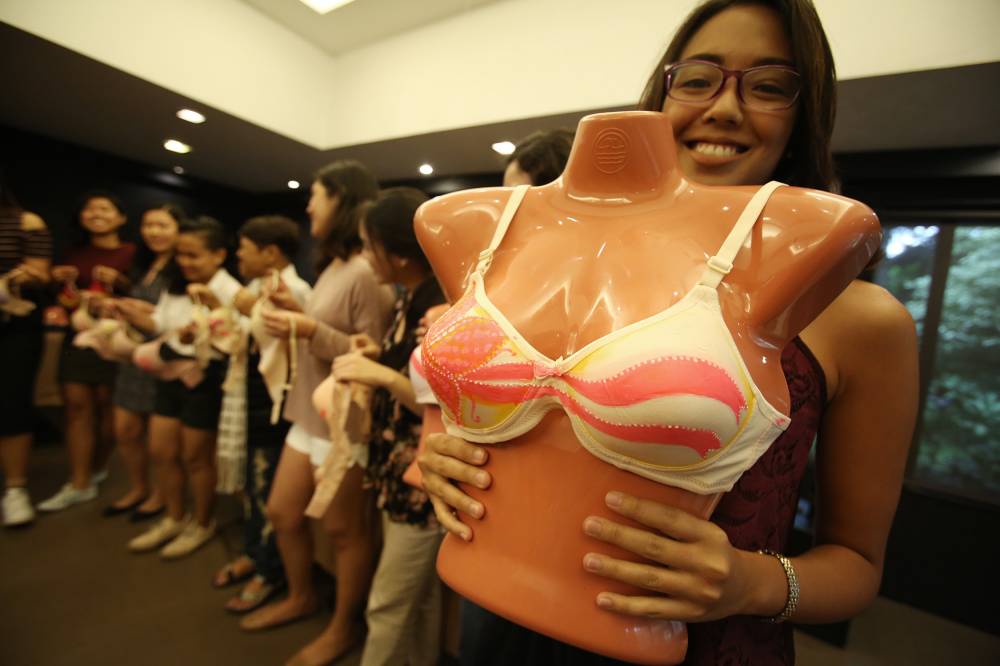
Breast cancer can strike even the young.
Contrary to widespread misconceptions that the disease affects only elderly women, a study published in medical journal The Lancet Regional Health earlier this year shows a rising number of affected females within a younger age group (15-39 years old) in Southeast Asia.
New York-based coauthor Dr. Chris Dee, a resident physician in radiation oncology at Memorial Sloan Kettering Cancer Center, told Lifestyle during an online interview that there was very little literature about cancer in the entire Southeast Asia back in 2021 when the idea first came up. “And so we wanted to fill that gap,” he said.
Their initial study analyzing cancer incidence and mortality in Southeast Asia later paved the way for investigating more specific cancers.
According to their paper titled “Trends in female breast cancer among adolescent and young adults in Southeast Asia,” “While most cases occur in women over 50 years of age, the incidence of early-onset, premenopausal breast cancer has risen in many countries over recent decades.”
The study says, “As breast cancer screening programs typically target women age 40 and above, the rising incidence of adolescent and young adult breast cancer suggests the growing prevalence of hormonal and lifestyle risk factors, in the setting of socioeconomic transformations.
“Epidemiologic studies have highlighted the role of early menarche, oral contraceptive pill use, and delayed child-bearing.”
Leading cause of morbidity
The study mentions the downward trend in age when young women in Southeast Asia get their period for the first time but a rising age for giving birth for the first time. Southeast Asia also has among the highest rates of modern contraceptive use globally.
An earlier research also found the disease to be a leading cause of morbidity and mortality among women in the Southeast Asia.
The analysis of data from these countries reveals a steady increase in breast cancer occurrence and deaths in almost all 11-member states of Brunei, Cambodia, Indonesia, Laos, Malaysia, Myanmar, the Philippines, Singapore, Thailand, Timor-Leste, and Vietnam from 1990 to 2021. (A dramatic dip in diagnosed cases in 2020 in some countries seem to reflect a sharp drop in screening rates and mammography volumes during the early months of the pandemic.)

The Philippines, which ranked sixth in incidence in 2021, placed third highest in deaths.
“In the Philippines, the most common cancer among women in terms of incidence and cause of death is breast cancer,” said Dee. “I knew that in the back of my head, but it was shocking to see really how common it is.”
For ICanServe Foundation founding president Kara Magsanoc-Alikpala, the results of the study did not come as a surprise.
“We’ve seen this reality unfold firsthand. At the ICanServe Foundation, we have been meeting increasingly younger patients—a trend we could not ignore,” said Magsanoc-Alikpala, who also coauthored the study. “For too long, this alarming shift has been underrecognized in the cancer space.”
She added, “At that age, cancer is often far from their minds.” And because the risk they face—and the solutions they need—are entirely different from those over 50, “reaching them will require creative, disruptive ways of communicating, not just repurposing old messages.
“At the same time, we must begin serious, systematic study: tracking behaviors, practices, and the breast health status of younger populations.”
Lowest mortality rate
Dee agreed that breast cancer among young women has often been overlooked, adding that two prevalent beliefs about breast cancer among people in Asia is that it’s a disease for older women and that a cancer diagnosis is practically a death sentence.
“These are not necessarily true,” he said.
Take Singapore, for example. While having one of the highest incident rates among 15- to 39-year-old females in 2021 at 8.46 per 100,000 population, the city-state also registered one of the lowest (0.86) breast cancer mortality. Throughout more than a three-decade period, the incidence has more or less gone up, while mortality due to breast cancer has slumped.
“They’re the only country that does that in Southeast Asia because they have improved access to screening, and I think, more importantly, improved access to care,” explained Dee. “People don’t risk financial hardship if they end up needing treatment. The fact that patients can get pushed into financial catastrophe related to cancer is really a big deterrent to even seeking care.”
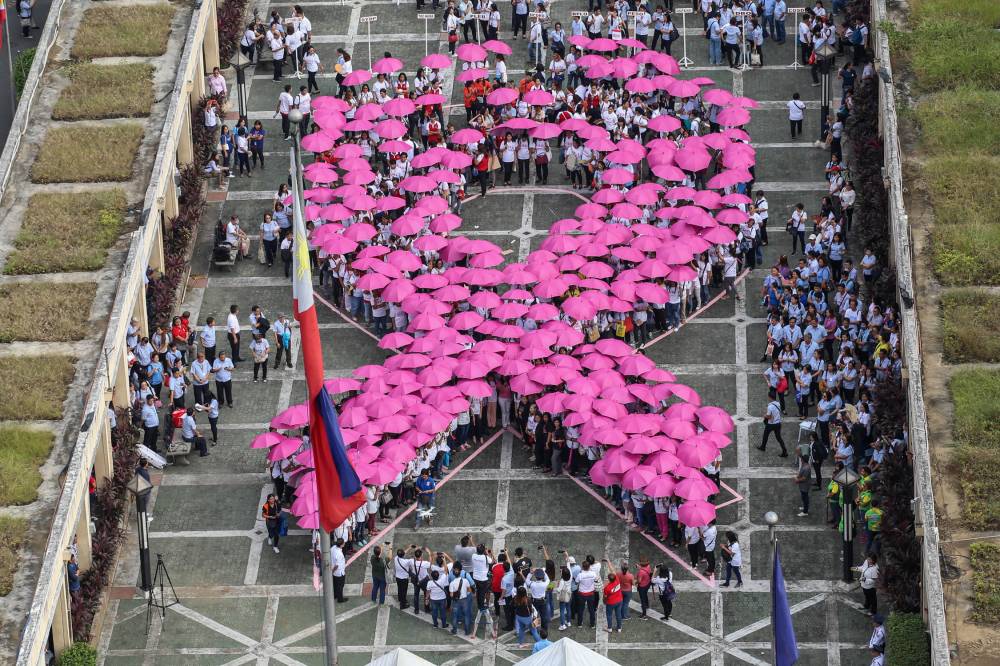
Magsanoc-Alikpala added: “Singapore has established a national breast cancer screening program, with mammography services subsidized by the government. Access to quality cancer care is widely available, thanks to substantial government support for medical and specialized treatments. A strong, multidisciplinary team—including surgeons, oncologists, and radiologists—works together to develop and deliver personalized treatment plans for breast cancer patients, primarily through publicly funded cancer centers.
“Over the years, Singapore has steadily built its capacity and earned a strong reputation for advanced cancer care, offering effective treatments such as surgery, chemotherapy, and radiation therapy, particularly when breast cancer is detected early. In addition, government and community initiatives play a critical role in raising public awareness about breast cancer risk factors, the importance of early detection, and the need for regular screenings.”
Self-exams
The results of the study does not necessarily mean that screening age need to be lowered to 20s or 30s, clarified Dee. “But I think we need more education about self-exams.”
He added, “I have a very strong bias toward the role of early education about health. When you compare mammogram and self-exam, obviously mammogram is better. But there’s data from India that shows that if you get a full community of people to self-exam, you actually demonstrate lower breast cancer mortality 10 or 20 years down the line.”
According to him, educating the young helps arm them not just against their own potential health risks, but those of their parents, as well. “We see this in the clinic all the time: Having a supportive child is a protective factor.”
Another thing that needs to be addressed is the need to facilitate cheaper screening in the country, he said. “On an ethical level, decreasing the risk of financial catastrophe related to cancer is something that we need to be top of mind for the policymakers in the country.”
An easy fix, according to Dee, is for physicians to recommend screening to patients.
“People are scared of screening because there’s an element of not wanting to find out,” he said. “But the narrative could shift to, ‘If you’re going to find out, you want to find out early, so it’s curable.’”
An endocrinologist treating a 50-year-old patient for diabetes, for example, can simply ask, “Hey, have you gotten cancer screening yet?”
“I think there’s something to be said to just get that into the culture,” Dee said.







